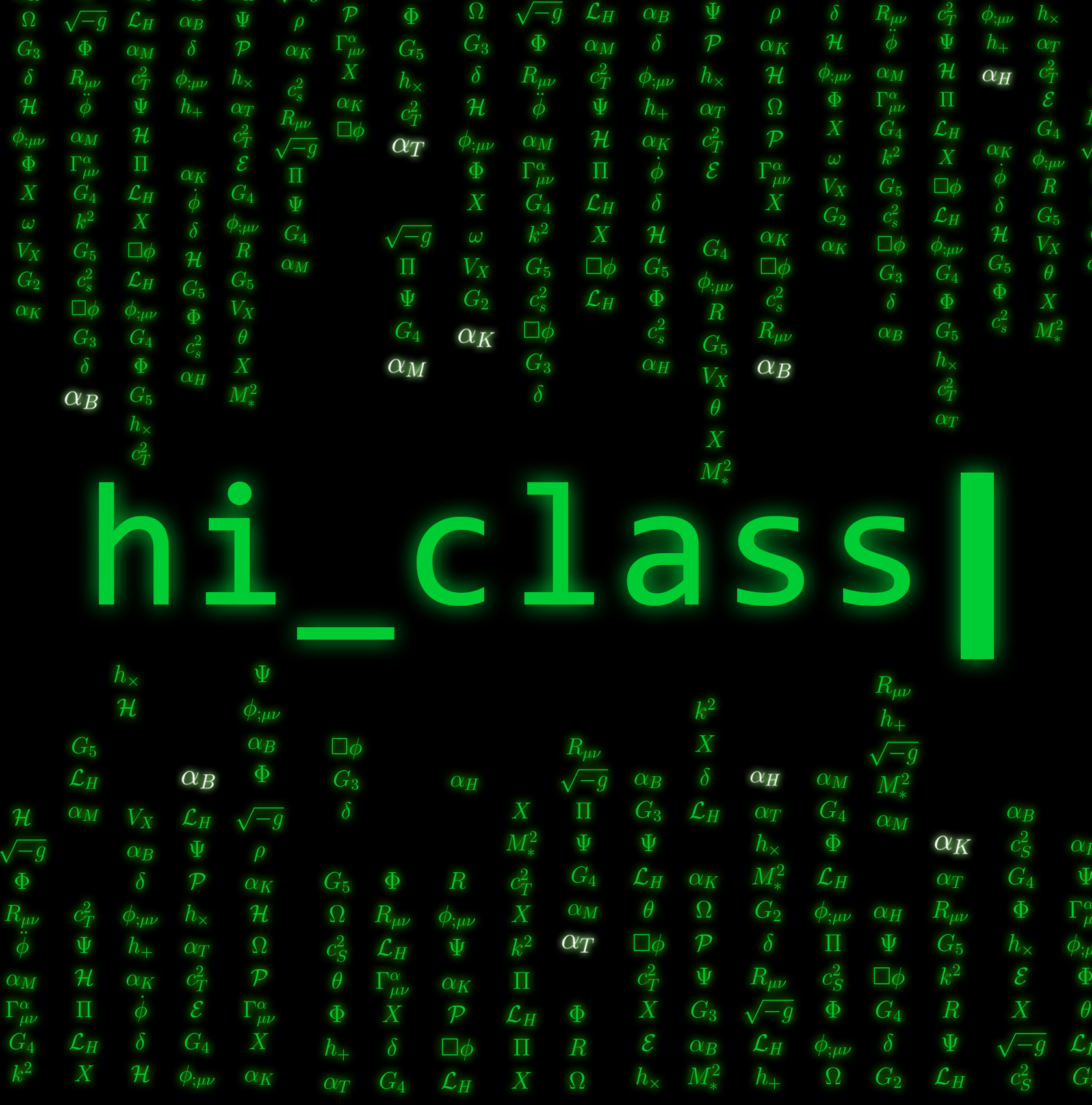
Lecture 1. Salvatore Capozziello
Lectures slides available here: Part 1, Part 2, Part 3, Part 4
Email: capozzie@na.infn.it
Mathematical and physical foundations of extended gravity
Several issues of modern physics require extensions of General Relativity at infrared and ultraviolet limits to address problems related to astrophysics, cosmology and quantum gravity. For large scales these problems are related to the so called Dark Energy and Dark Matter while, at quantum level, the issue is to deal with gravity under the same standard of other interactions. In these lectures we discuss some of these topics with the aim to point out that extending Einstein's General Relativity could be the straightforward approach to solve a wide range phenomenology. The topics of these lectures are:
1) Conceptual aspects of Extended Gravity.
2) The gravitational wave era
3) Astrophysical and cosmological issues
4) Hamiltonian dynamics and Quantum Cosmology
Recommended book:
Beyond Einstein Gravity
A Survey of Gravitational Theories for Cosmology and Astrophysics
Authors: Salvatore Capozziello and Valerio faraoni
Publisher: Springer.
And basic knowledge of General Relativity.
Lecture 2. Miguel Zumalacarregui
Lectures slides available here: Part 1, Part 2, Part 3
Email: miguelzuma@berkeley.edu
Tests of Gravity and Dark Energy with Cosmology and Gravitational Waves.
Gravity is core to many unsolved problems in physics, including dark energy, the mechanism behind cosmic acceleration. In these lectures I will present the landscape of gravity theories, specializing to models based on the addition of a scalar field. I will then present some of their predictions and how they can be tested through the universe's expansion, the distribution of large scale structure and observations of gravitational waves. I will also introduce hi_class (www.hiclass-code.net), an accurate, fast and flexible code to compute cosmological predictions in a very large class of gravitational theories.
Knowledge of relativity and basic cosmology.
For practice with the code it
will be useful to have a laptop with CLASS/hi_class installed, see
http://miguelzuma.github.io/hi_class/hc_MP_notes_IFT.pdf
and
https://github.com/ardok-m/hi_class_public/wiki/Installation
Also check the review entitled "Dark Energy in light of Multi-Messenger Gravitational-Wave astronomy".
Lecture 3. Volker Perlick
Lectures slides available here: Full
Email: volker.perlick@zarm.uni-bremen
Gravitational Lensing
Gravitational lensing is one of the most important tools in astrophysics, in particular for detecting dark matter. In these lectures I will first give an overview on the gravitational lensing phenomena that have been observed so far, including multiple imaging, Einstein rings, microlensing and weak lensing. I will then turn to lensing by black holes and other compact objects. Among other things, I will discuss in detail the shadows of black holes.
Recommended books:
P. Schneider, J. Ehlers, E. Falco,
"Gravitational lenses" Springer (1992)
V. Perlick,
"Gravitational lensing from a spacetime perspective",
Living Rev. Relativ. 7, 9 (2004)
And basic knowledge of General Relativity


